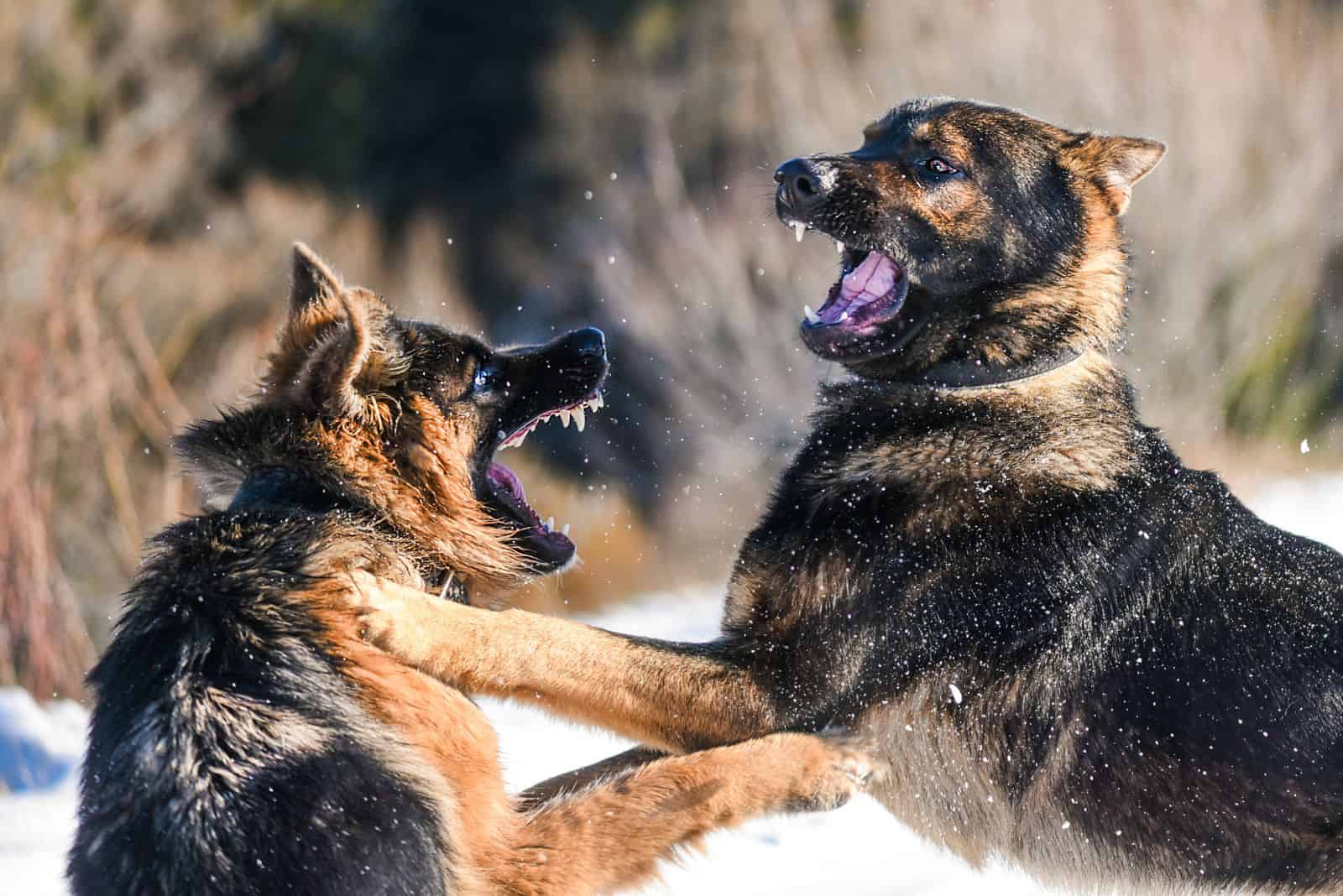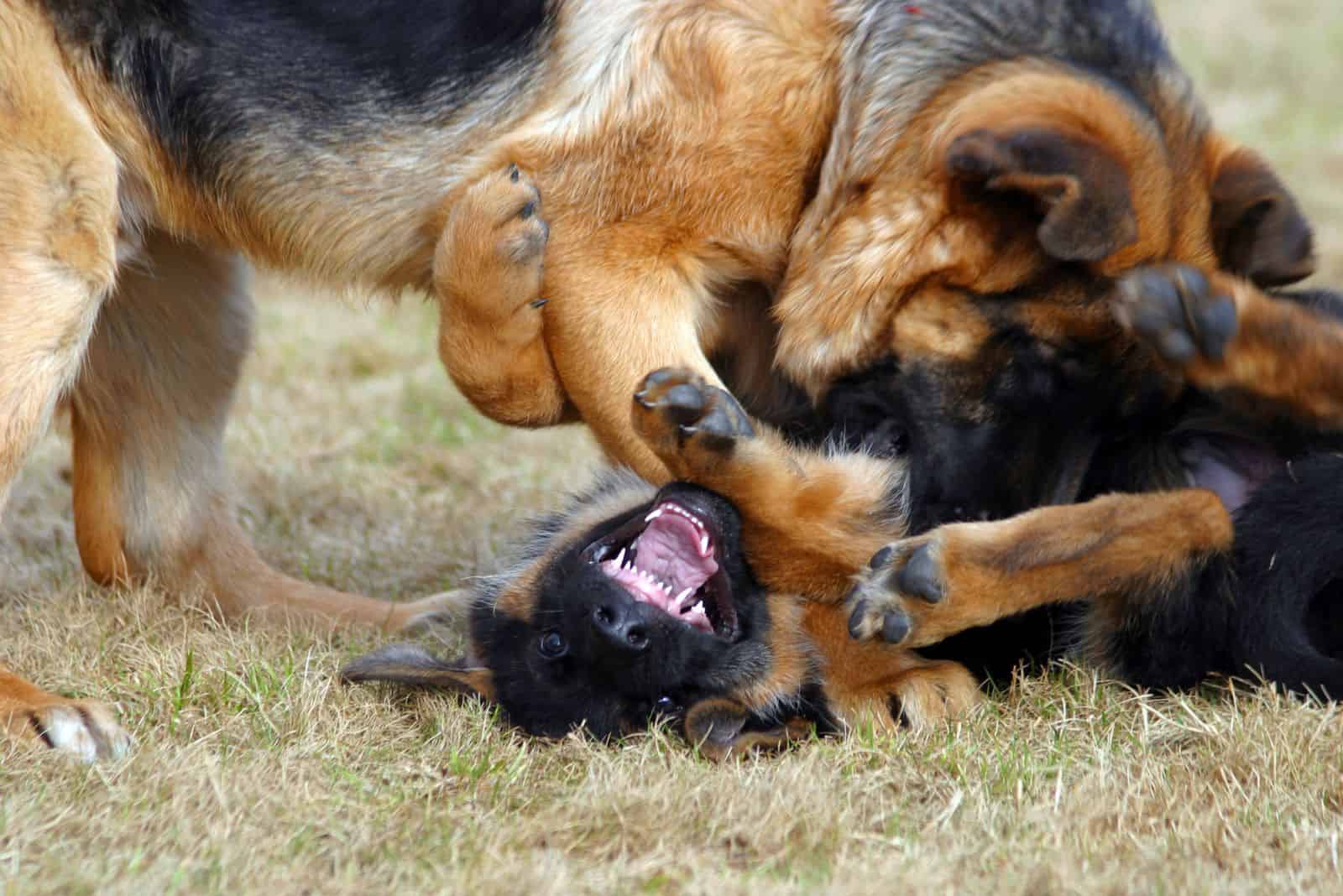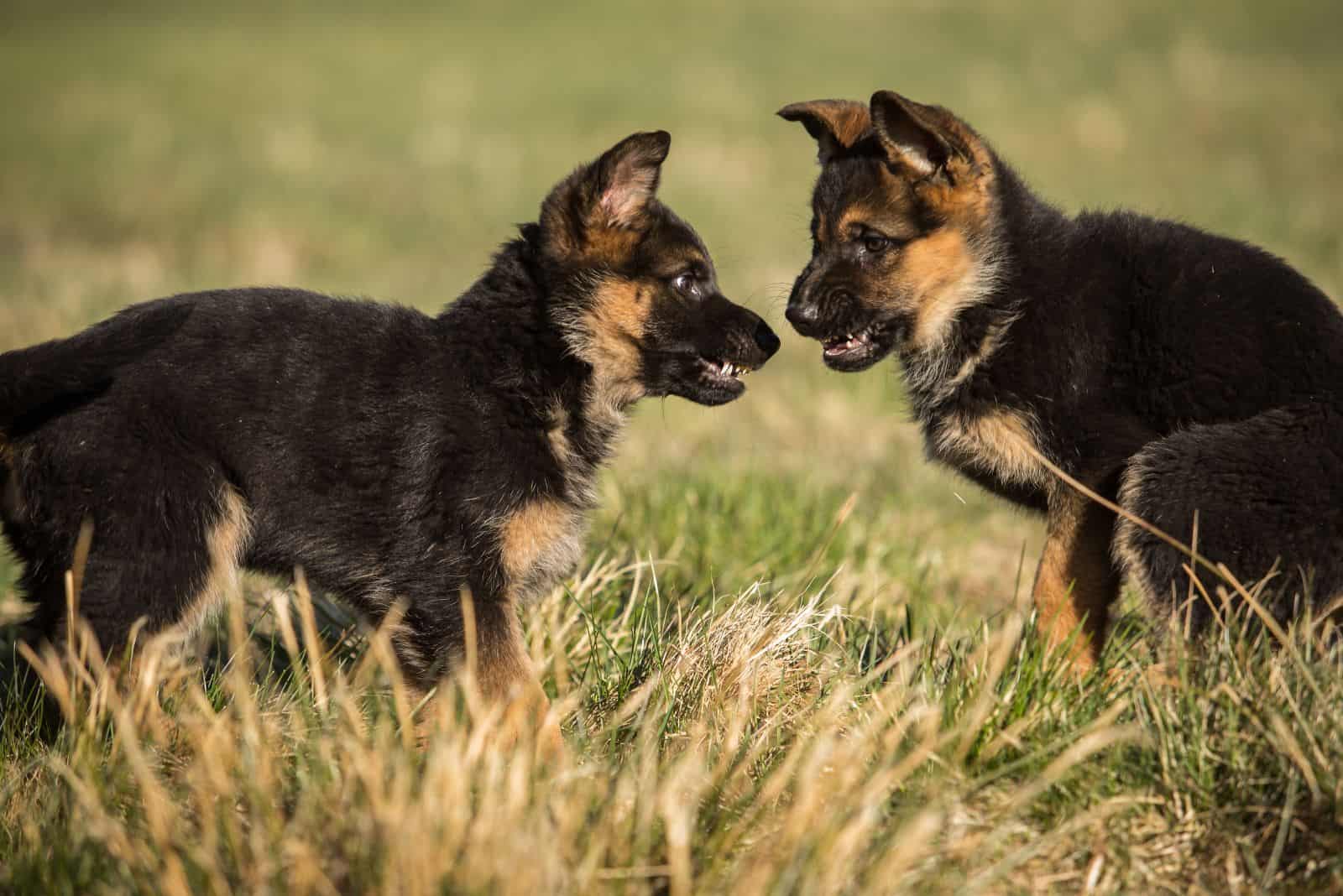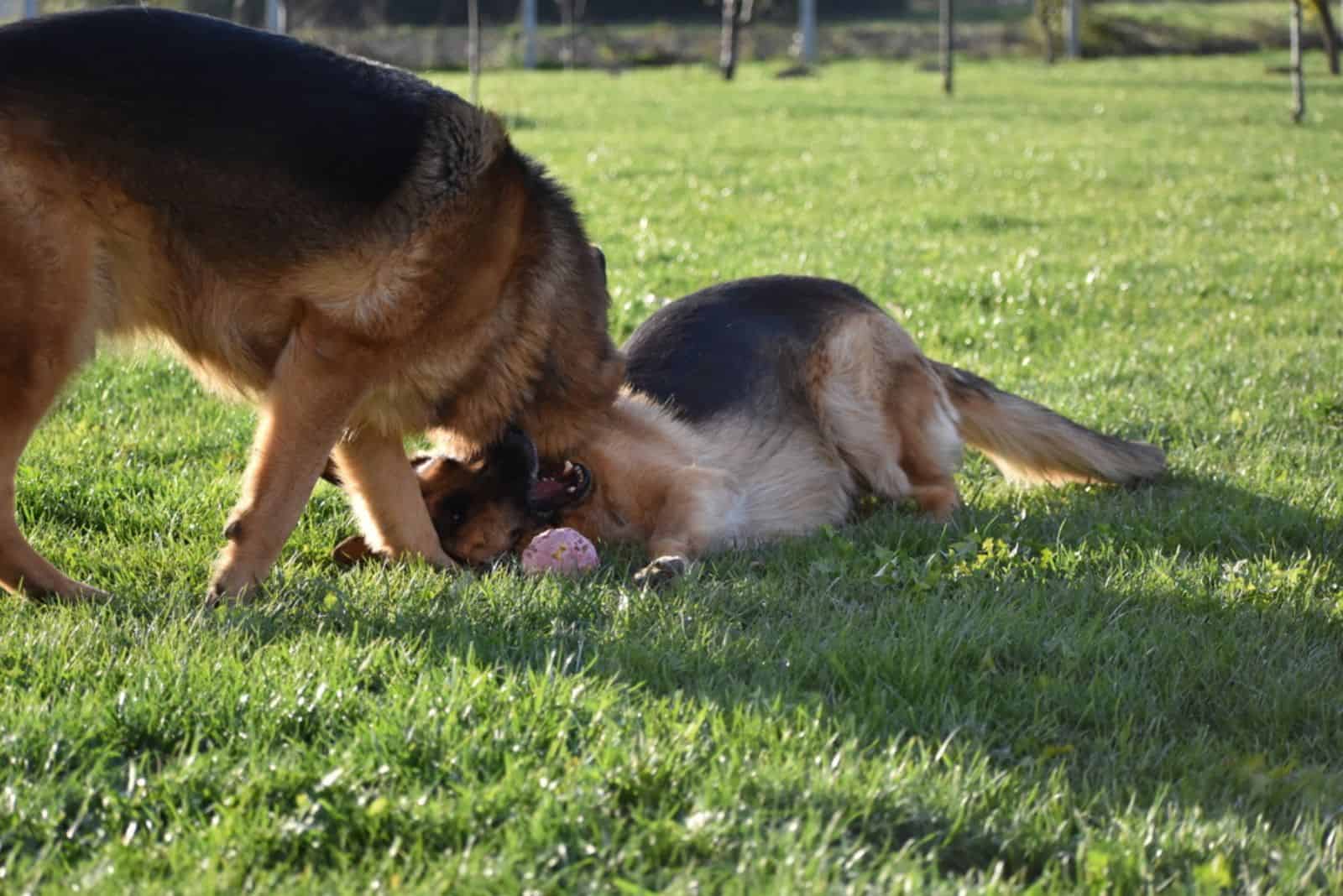Have you ever caught your German Shepherds biting each other’s necks and wondered what’s going on? It’s a common sight for dog owners, and while it might look concerning, it’s usually nothing to worry about. This behavior spans a range of reasons from playfulness to protection, and understanding it can deepen your appreciation of your pets’ interactions.
Communication Through Neck Biting


German Shepherds use various forms of body language to communicate, and neck biting is one of them. It may look a bit intense, but it’s often just their way of expressing themselves. For instance, if your dog takes a gentle nibble on the neck of another dog, it might be an invitation to play or a friendly gesture. On the other hand, more intense biting can be a display of dominance or control, especially if it involves growling or pinning the other dog down. While most of the time this behavior is harmless, if it escalates, it might be time to step in and calm things down.
It’s Just a Scratch!
Sometimes, your German Shepherd might just have an itch they can’t reach, and believe it or not, they might enlist another dog’s help to take care of it! By nibbling on each other’s necks, they can help each other reach spots that are difficult to scratch with their paws. This kind of behavior is often mistaken for aggression, but it’s actually a harmless way for them to help each other out.
Playtime and Social Bonding


Neck biting is a common sight during playtime. It’s not just about fun; it’s also a crucial part of socialization for dogs. Through playful bites, German Shepherds learn how to establish social hierarchies and build relationships. Renowned dog behaviorist, Caesar Milan, points out that such interactions are normal among dogs that are familiar with each other. It’s generally fine to let them play this way if they’re part of the same ‘pack’, but it’s wise to discourage this behavior with unfamiliar dogs to avoid conflicts.
The Ultimate Doggie Massage
Did you know that your German Shepherd might be giving another dog a massage? When they gently nibble on each other’s necks, it can actually be quite soothing. This behavior is their way of comforting each other or showing affection, similar to how humans might rub each other’s backs when they’re stressed or anxious.
For Protection and Defense


Neck biting can also be a defensive act. German Shepherds are naturally protective and may bite the neck of another animal if they perceive a threat. This can be a way of protecting themselves or their loved ones. While this shows their loyalty and courage, it’s important to monitor this behavior to ensure it doesn’t become overly aggressive.
Mating Rituals
When it comes to mating, neck biting plays a significant role in the courtship rituals of German Shepherds. It’s not just about dominance; it’s also a way for a male dog to show interest in a female. This behavior helps the male establish his position and readiness to mate, and for the female, it’s a sign of the male’s strength and suitability as a partner.
Demonstrating Wrestling Skills


German Shepherds are not only strong and agile but also quite playful. When they engage in what looks like wrestling, biting each other’s necks is part of the fun. This allows them to showcase their physical skills and dominance in a friendly, competitive setting. While it looks rough, it’s usually all in good fun and a way for them to keep their instincts sharp and bodies active.
Understanding Your Dog’s Behavior
The behavior of neck biting in German Shepherds is multi-dimensional, serving various purposes from play and socialization to defense and mating. It’s fascinating to watch and can tell you a lot about what your dog is feeling and thinking. By understanding the context and intentions behind their actions, you can ensure that their interactions remain healthy and positive. Always monitor their play to keep it safe and intervene if it turns aggressive. Remember, each dog is unique, and learning about their specific behaviors can help you cater to their needs better.
So, next time you see your dogs engaging in a neck-biting session, take a moment to appreciate the complex social lives of these magnificent animals. With the right understanding and supervision, you can help ensure their play remains enjoyable and safe for everyone involved.






